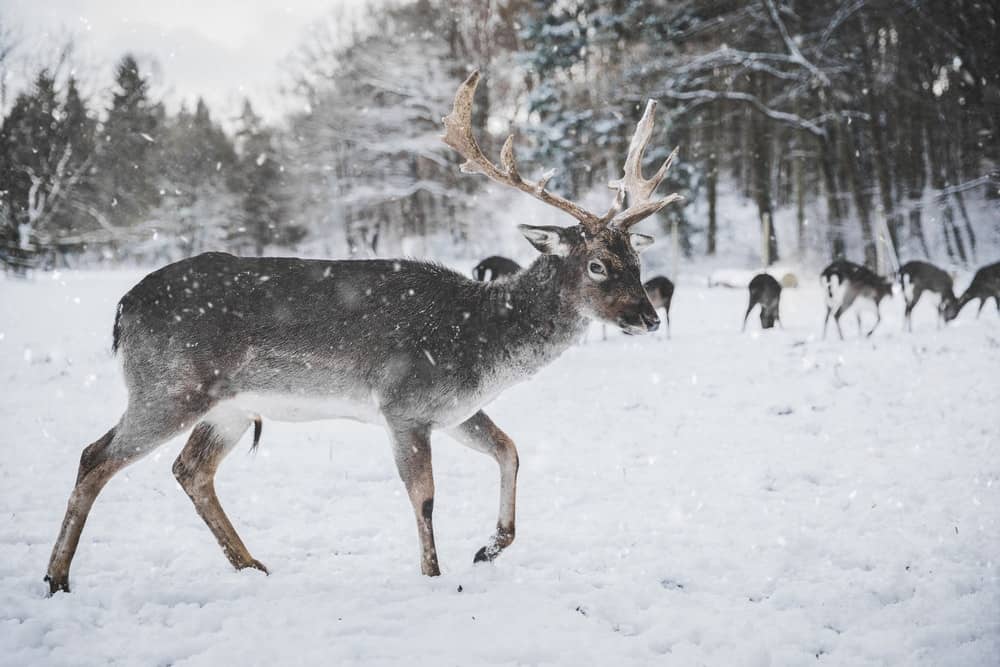
The Arctic region around Finland and Norway has been a subject of much deliberation into creating a pan-European rail network that could bring the northern wilderness closer towards accommodating industries. At the epicenter of this project is Kirkenes of Norway, an Arctic Ocean port situated at one of the northernmost points of the hemisphere.
Earlier this March, the Finnish Ministry of Transport and Communications had zeroed in on a route between Rovaniemi in Finland to Kirkenes. The railway line once completed could lead to a closer link between the northern, Arctic, and continental Europe – driving in an industrial scene that could flourish at its wake. The estimated cost of the construction has been pegged at $3.3 billion, including $1 billion from the Norwegian government for extending the line into its borders.
However, all is not well with the railroad project, as the planned route crisscrosses through reindeer habitats and coincides with the existence of the Sámi tribe – a reindeer herding community that calls the Arctic Circle its home. The ministry did understand this predicament and had scoured the region for different possible courses before finalizing the Rovaniemi-Kirkenes route.
But unlike the resistance that the route has met with on its passage through the Sámi inhabited lands, the situation has been festive in Kirkenes. The idea of a Norwegian-Finnish railway project has long been in the pipeline, with the then Kirkenes port director announcing the connection as early as 2007. Since then, Norwegian Arctic ports like Tromsø and Narvik have fought to be in contention to be the end destination for the railway line, all but in vain.
The Saami Council, a non-governmental organization that prescribes to the well-being of the Sámi community has been very vocal against the construction of the railroad. “I can clearly state that there is no way for a railway from Rovaniemi to Kirkenes to be built without harming Sámi culture, traditional Sámi reindeer herding, and fishing,” said Åsa Larsson Blind, President of the Saami Council to a local news agency.
The council further sent out a statement that explained that any route crossing through the region would negatively impact the reindeer population, as it would be impossible to construct a railway line without cutting through reindeer pastures and migration patterns.
“The Saami Council is of the opinion that the authorities of Finland and Norway are in the process of forcing a large-scale industrial development in the Sámi people’s traditional territory without respecting Sámi interests and representative bodies in a proper manner,” the statement read. “Preservation of reindeer husbandry, traditional land use, and traditional Sámi land is the foundation for the survival of Sámi language and culture. The railway will have major negative consequences for reindeer husbandry, other natural-based industries, and the entire Sámi culture.”
International laws allow indigenous tribes to hold on to their rights over the land they live in and states that the government needs to consult with them in good faith, in order to get consent. This would mean that the project could never go ahead unless they get the explicit approval of the Sámi people, the likelihood of which does not seem rosy.
If the construction of a railway line gets underway, this would lead to the region opening up to a higher industrial activity which would further deteriorate and fragment pasture lands and wreck the sustenance of the Sámi community. “For those believing that this railway would be positive for the tourism industry, they should think once or twice about the great impacts this railway would inflict on the nature and environment,” said Blind.










